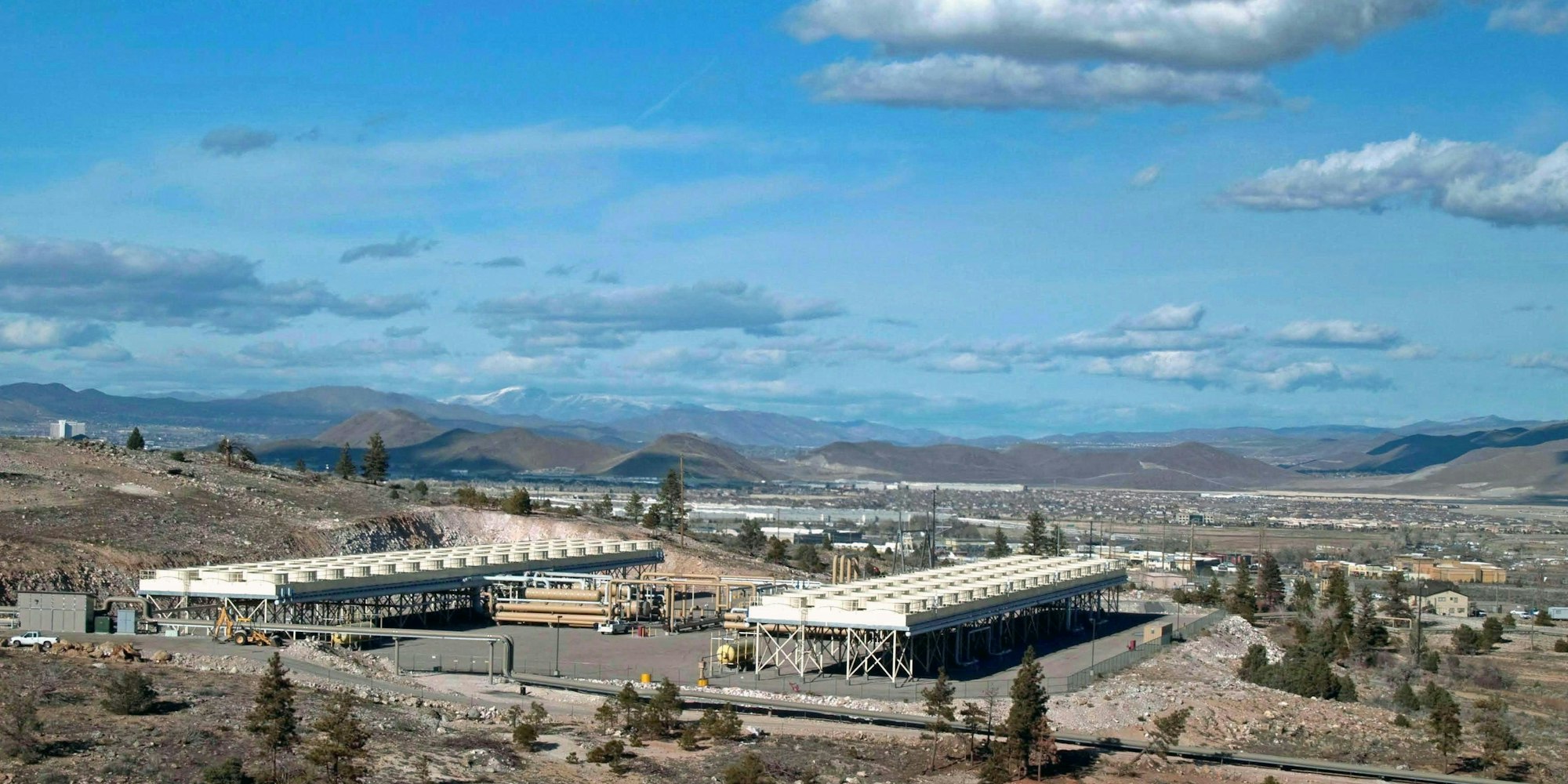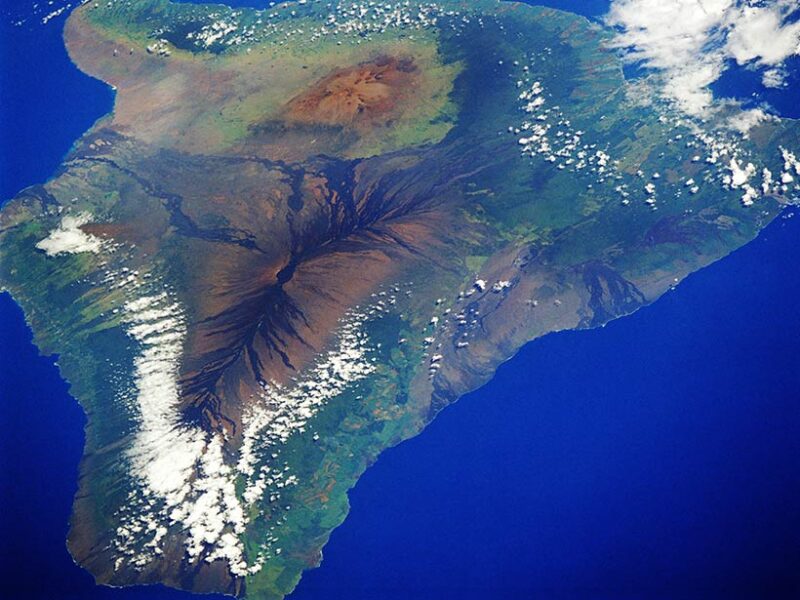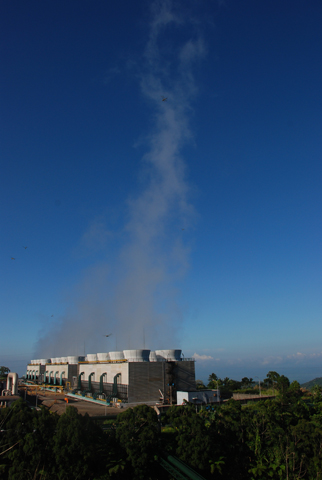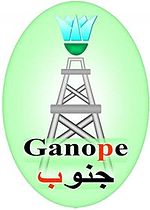Geothermal Energy Veteran Charlene Wardlow Joins California Division Of Oil, Gas, and Geothermal Resources (News Release)

GRC Member
Charlene Wardlow, a veteran of the geothermal industry, has been named Geothermal Program Manager and District Deputy in charge of the Division of Oil, Gas, and Geothermal Resources (DOGGR)’ Northern District, based in Sacramento. Wardlow will start her new role with the
California Department of Conservation (DOC) on April 28.
“We believe that Charlene’s knowledge of geothermal energy will be a tremendous asset as we continue the reorganization and modernization of the Division to be more efficient, effective and responsive in its mission of protecting the environment as well as public health and safety,” said DOC Director David Bunn.
“We described the steps we’ll be taking to improve our regulation of oil and gas operations in our
Renewal Plan, issued last July. One of Charlene’s first priorities will be to identify ways in which we can bolster our oversight of California’s robust geothermal energy industry.”
California is the United States’ largest generator of electricity from geothermal energy. In 2014, California received nearly 4.4 percent of its electrical energy from geothermal resources (about 13,000 Gigawatt-hours). The state has more than 650 active, high-temperature geothermal wells (with fluids over 212 degrees Fahrenheit) and 230 injection wells. The Division of Oil, Gas, and Geothermal Resources oversees the drilling, operation, maintenance, plugging, and abandonment of geothermal wells on state and private lands.
Wardlow has 30 years of experience working in the geothermal industry, primarily in California. She has focused on environmental permitting and compliance and in developing new projects. Notably, her résumé includes working at The Geysers – the world’s largest geothermal energy facility – for 23 years. Prior to joining DOC, she served as Director of Business Development for Ormat in Reno, Nevada.
Wardlow is a long-time member of the Board of Directors of the
Geothermal Resources Council, and received the Council’s
Special Achievement Award for her work in the geothermal industry. She earned her undergraduate degree in geology and a master’s in petroleum engineering from New Mexico Institute of Mining and Technology.
More information about the state’s geothermal program can be found at
http://www.conservation.ca.gov/dog/geothermal.
















